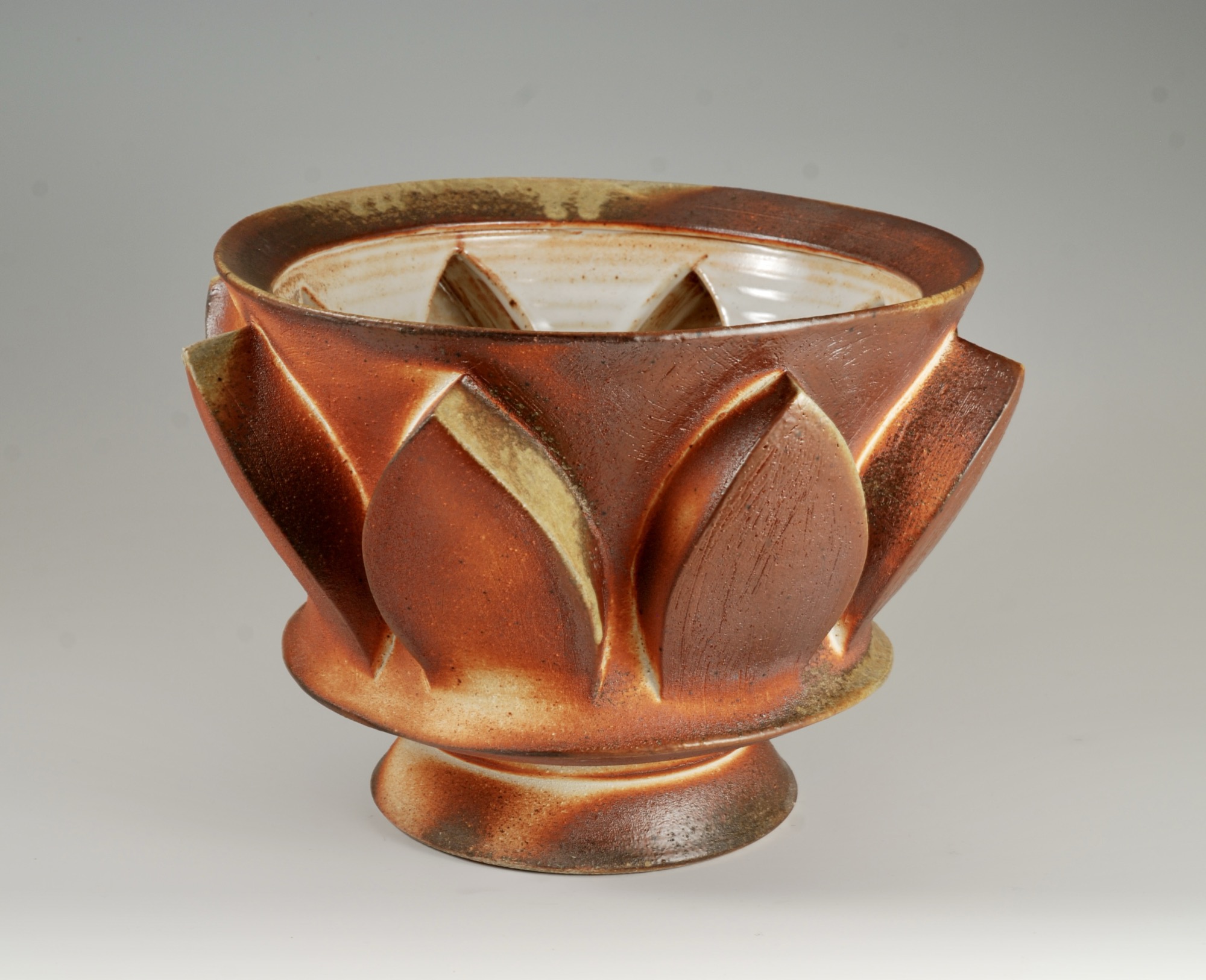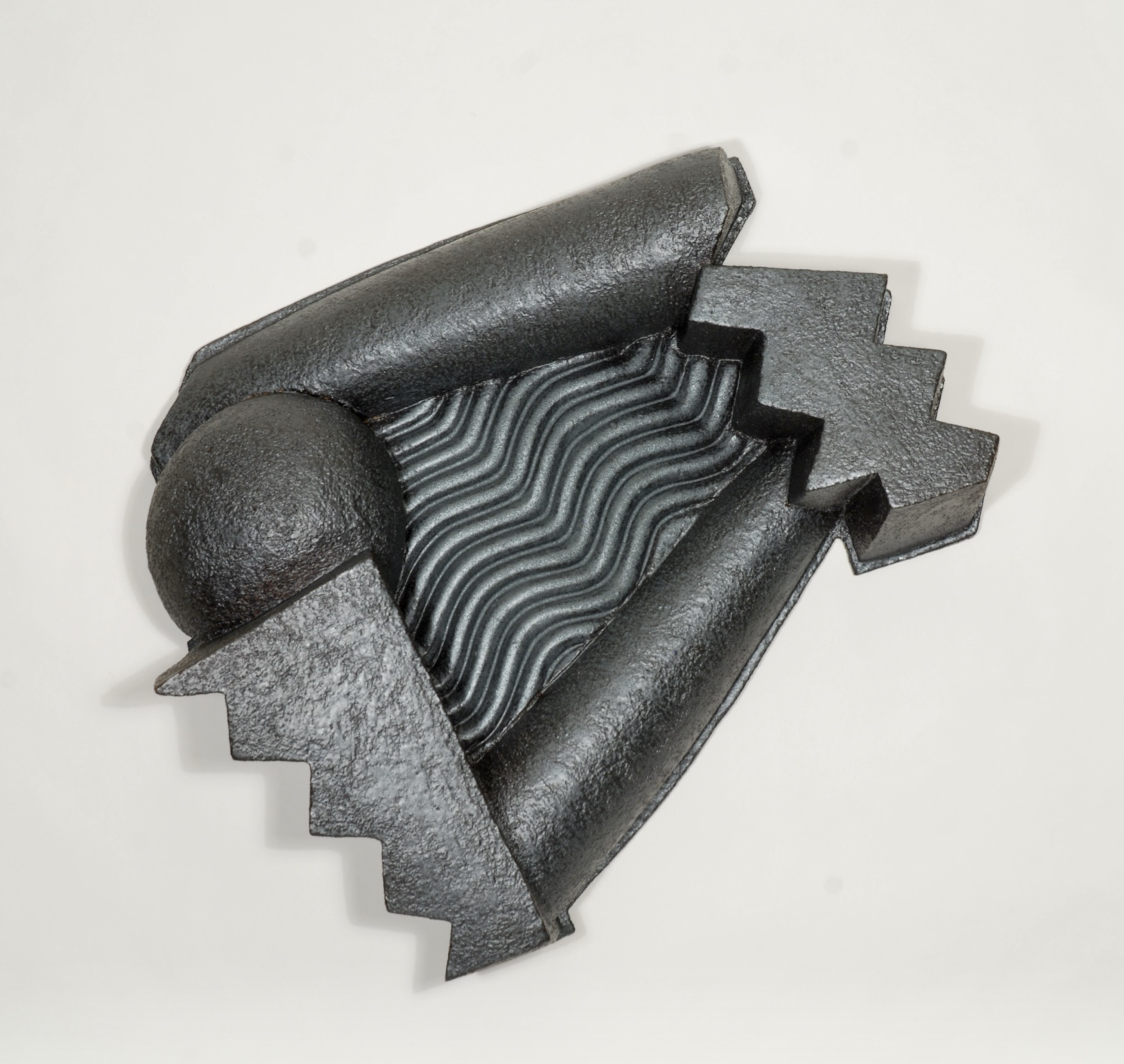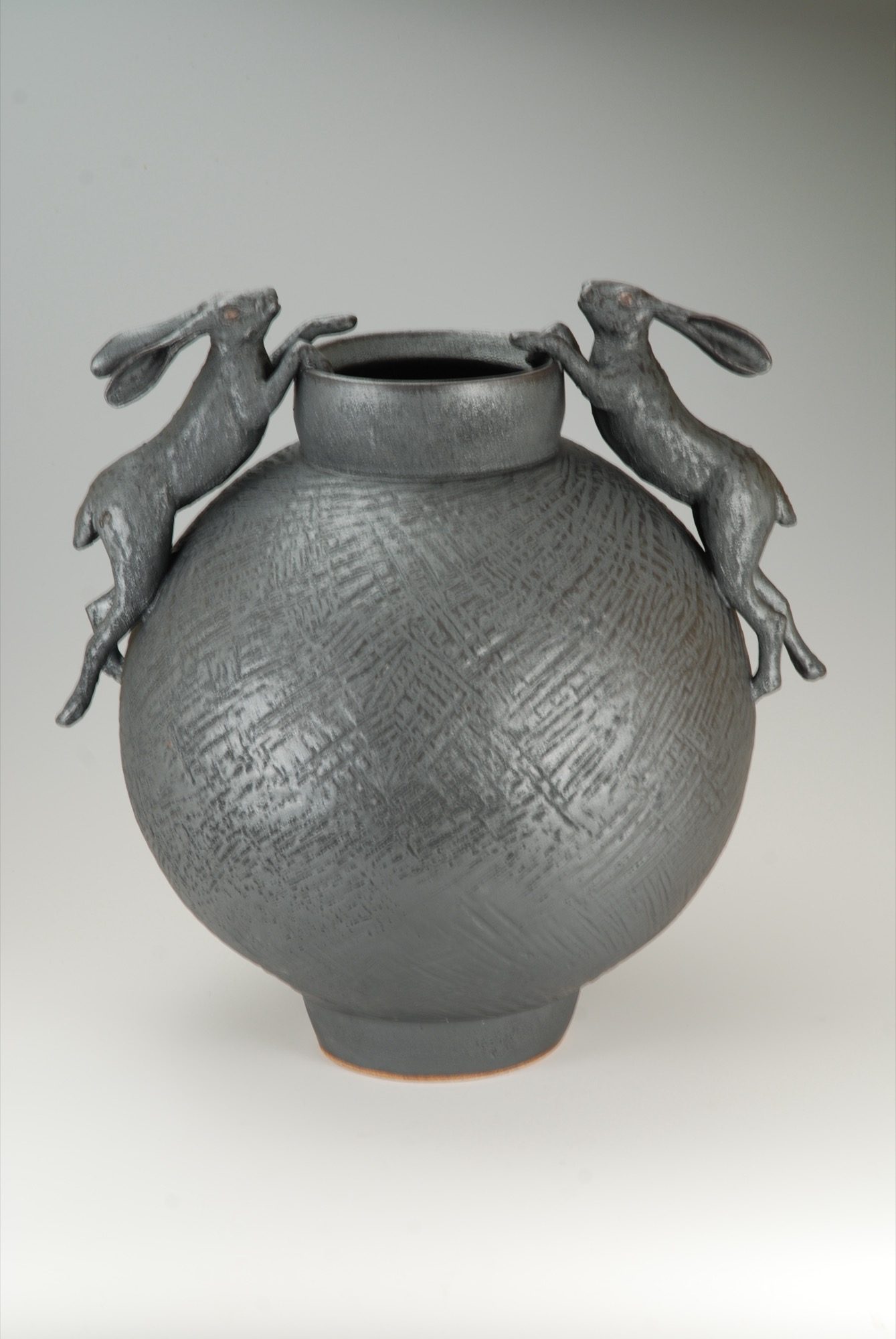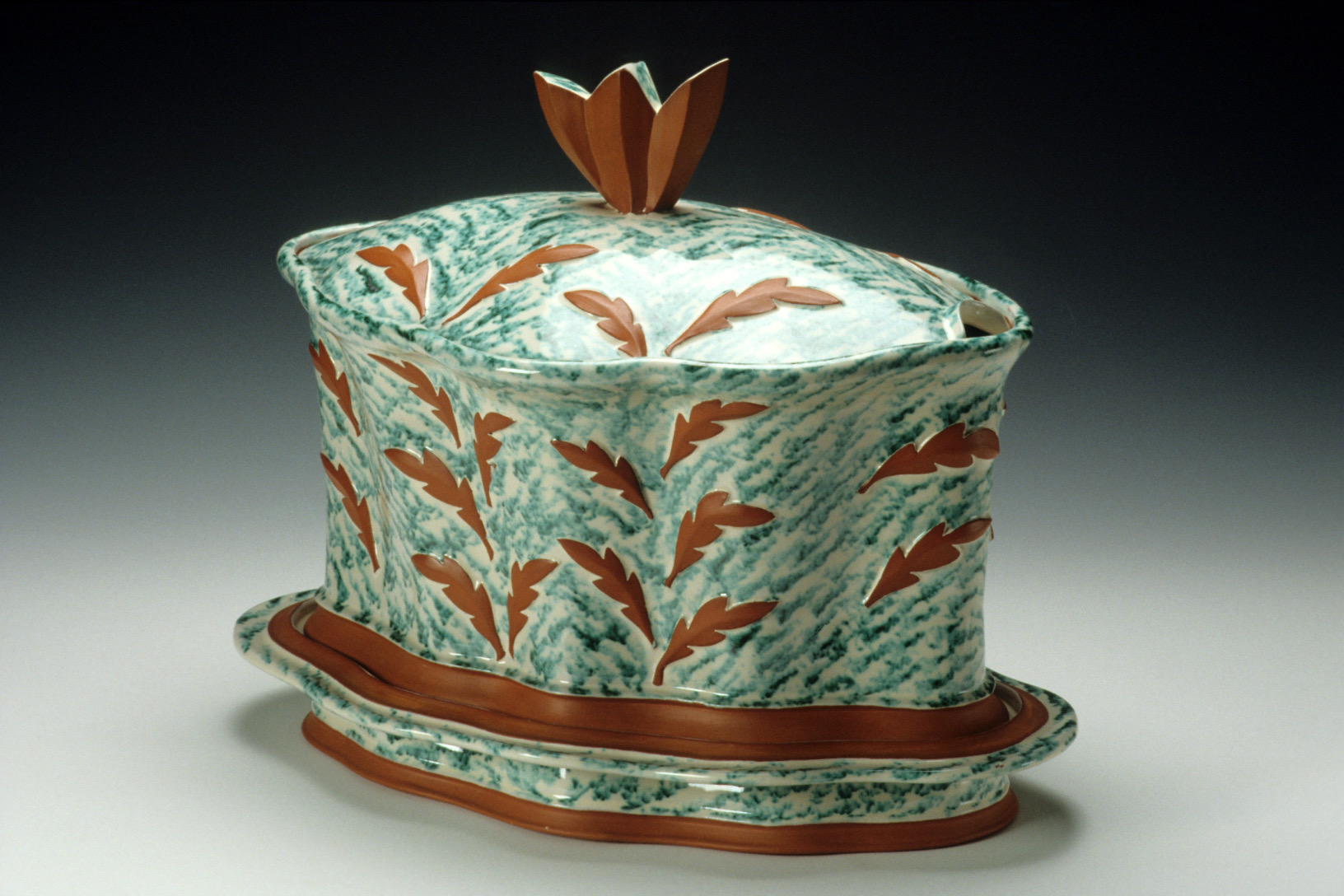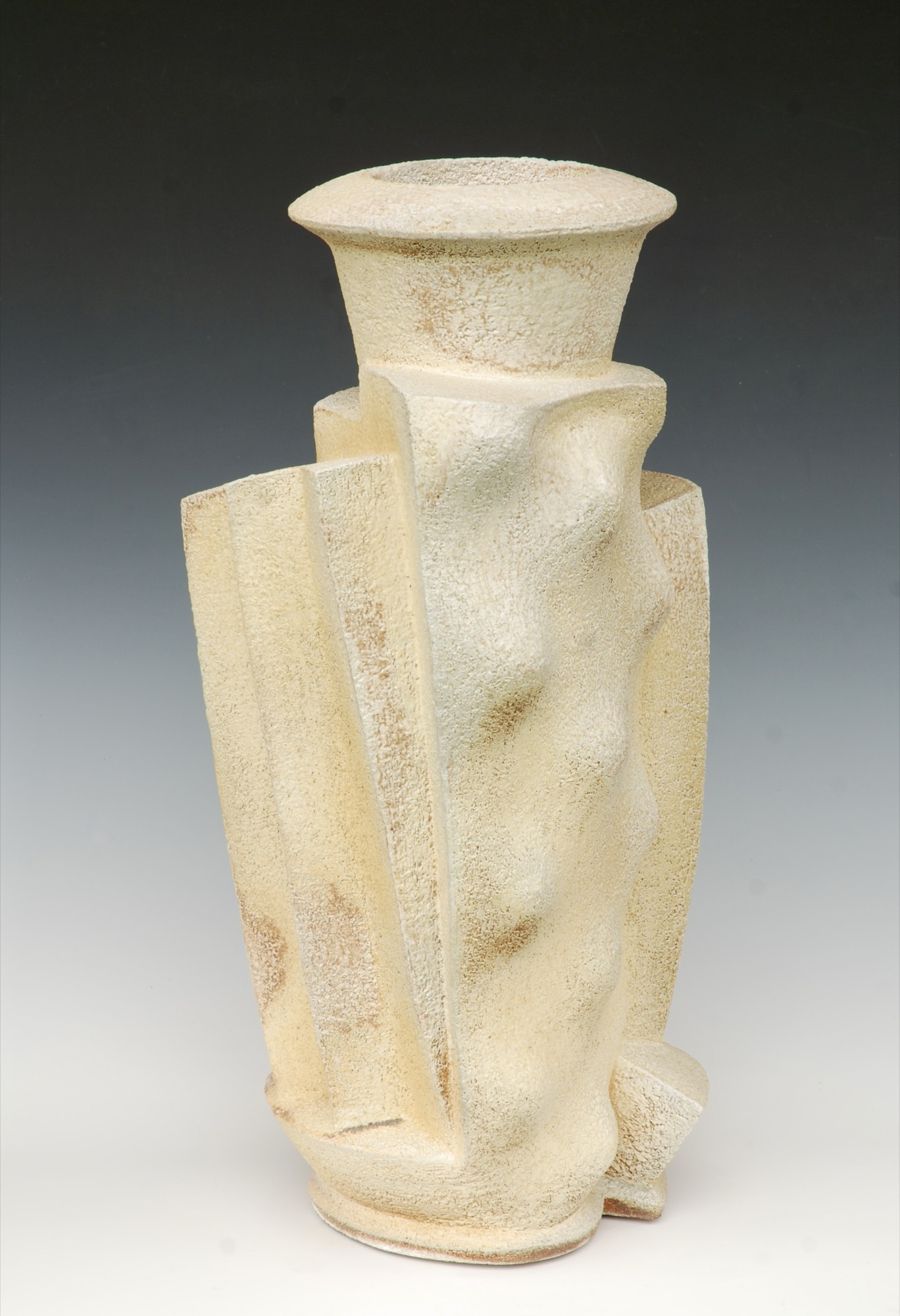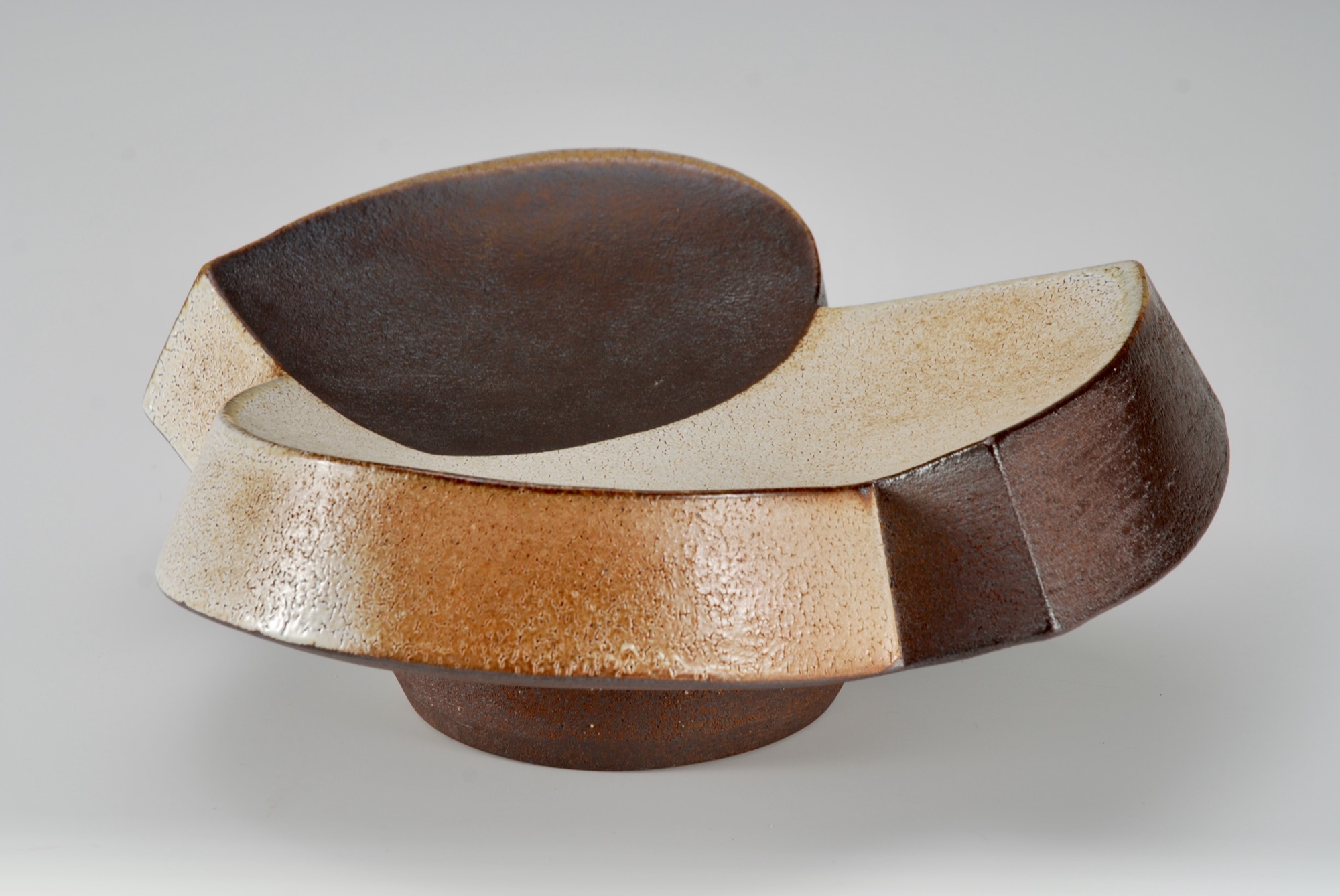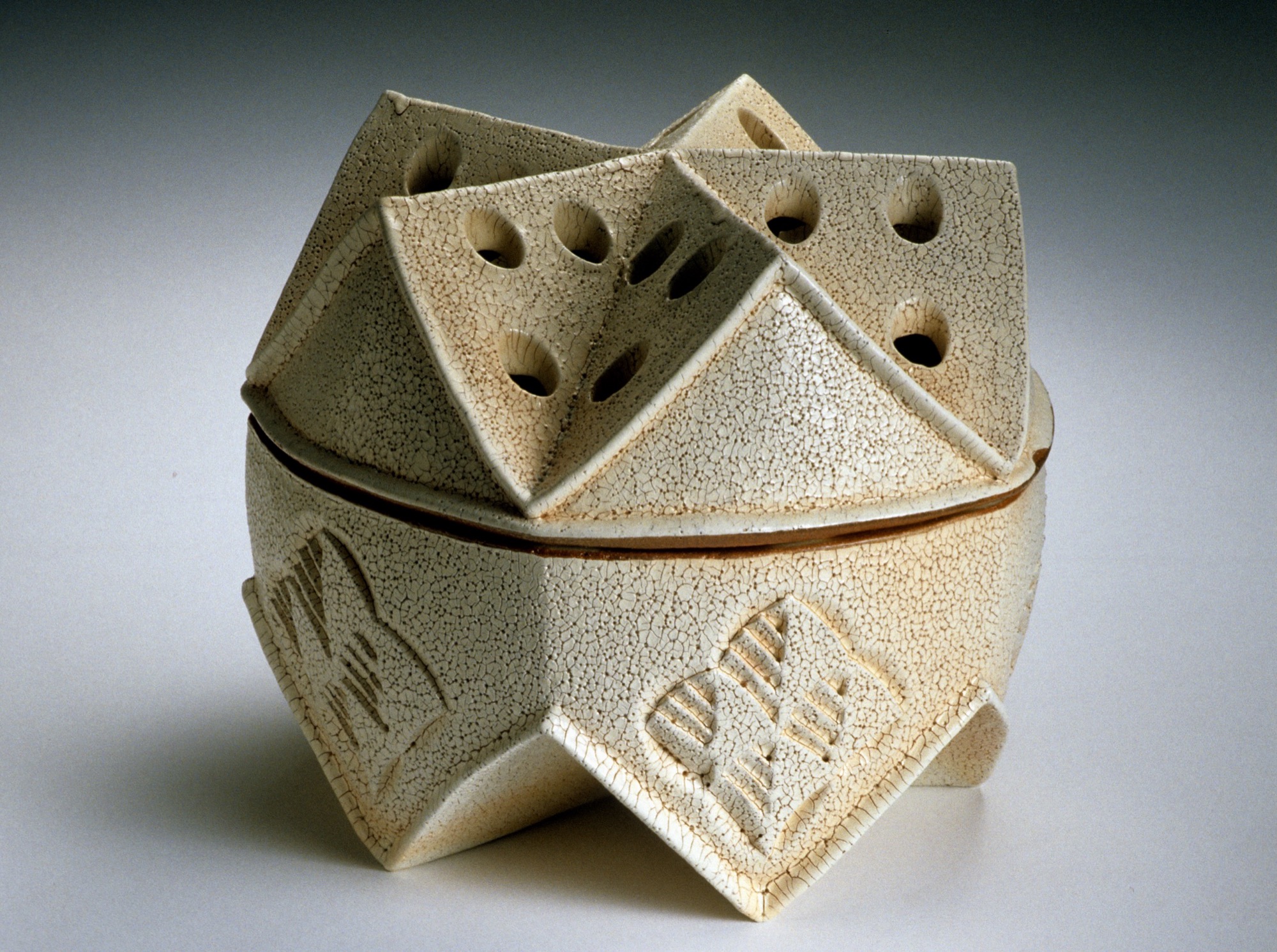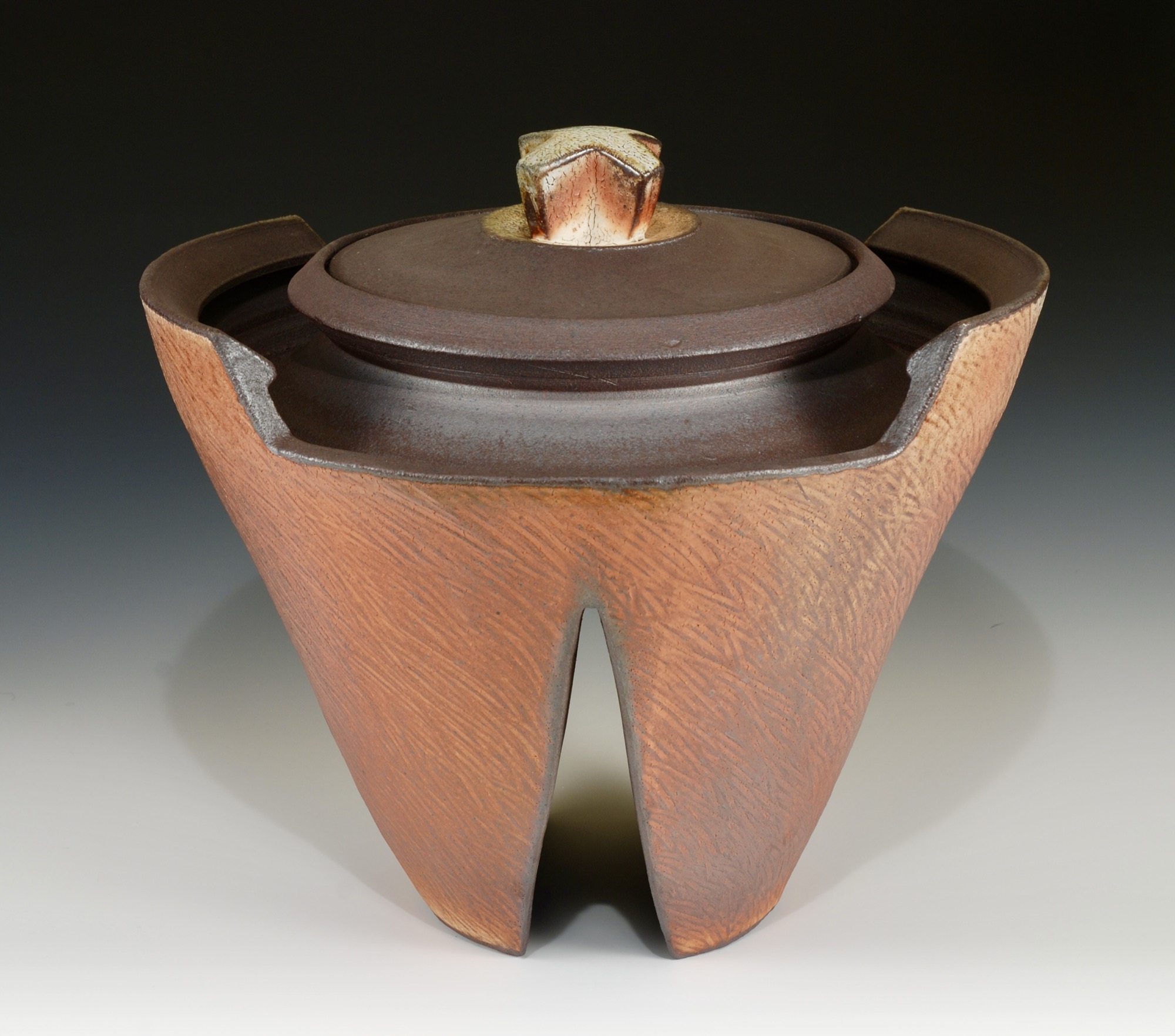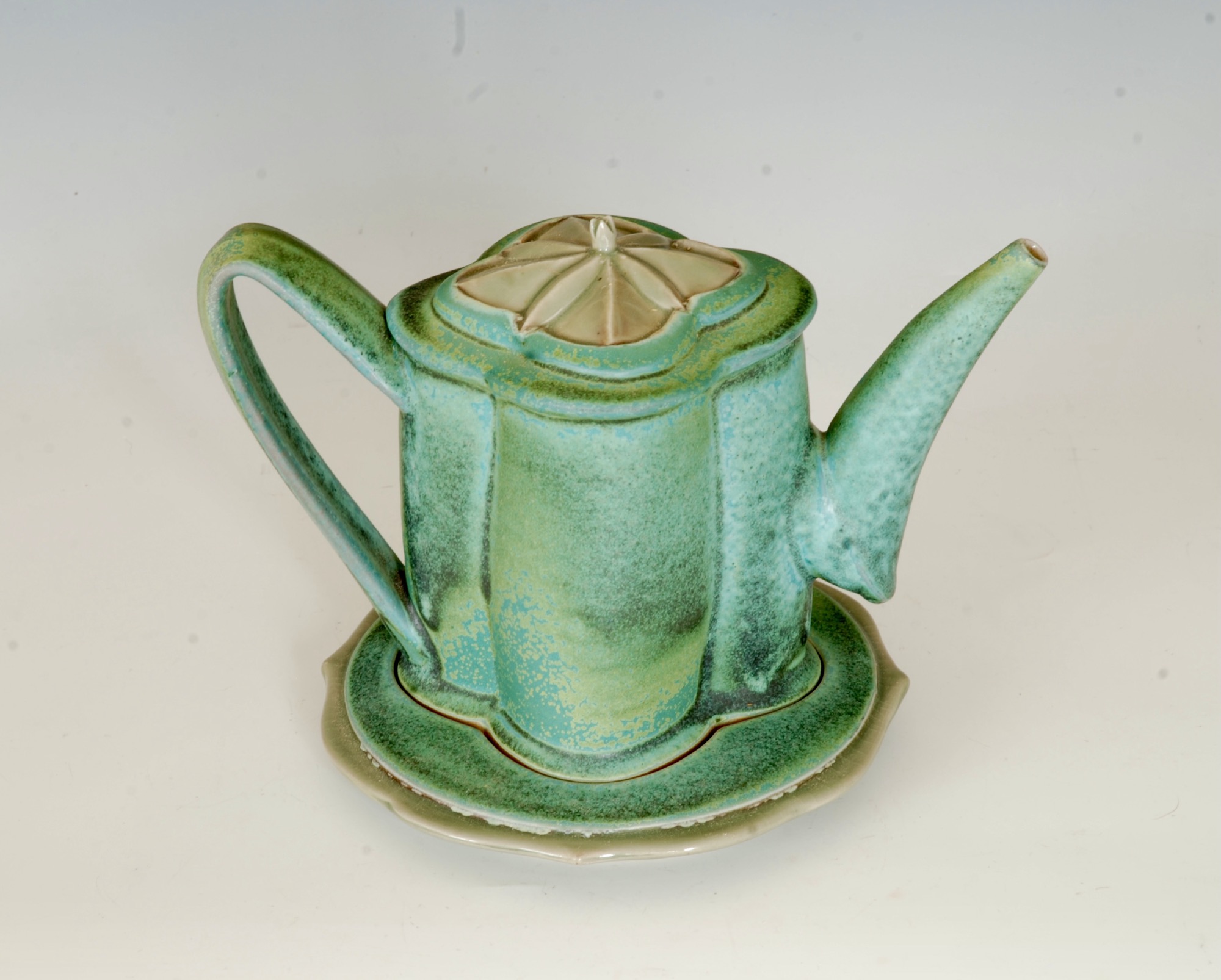Bruce Cochrane
Ceramic Artist

Bruce Cochrane
Ceramic Artist

Bruce Cochrane is a distinguished ceramicist, renowned for his innovative approach to form and mastery of high-temperature firing techniques. His work demonstrates a profound understanding of volume, proportion, and the structural qualities of pottery, often merging organic and sculptural elements with a refined, minimalist aesthetic. Central to his practice is a tactile engagement with clay; Cochrane manipulates the material to evoke warmth and intimacy, creating pieces that invite both touch and contemplation.
Cochrane’s firing methods are integral to his artistic vision. Known for his use of wood and gas firing techniques, he achieves distinctive textures and unpredictable color variations that elevate his work. The interplay between clay and fire is essential to his process, allowing the medium’s inherent qualities to shape the final piece, resulting in work that feels both timeless and contemporary. Through these techniques, Cochrane has cultivated a signature style that is tactile, dynamic, and deeply attuned to the materiality of clay.
Influenced by the rich global history of ceramics and architecture, Cochrane’s work is a reflection of these diverse inspirations, with his making process embodying their influence in both form and concept.
Form & Structure
In regards to my 50 year history of making functional pottery, utility continues to serve as the foundation for my ideas. The objects no matter how simple or complex, are meant to be experienced on a physical and contemplative level. The way an object carries, lifts, cradles, pours and contains are properties which I strive to make engaging for the user, offering more than just convenience. Pottery has the potential to affect people’s lives in a very real way. The challenge is to go beyond the mundane and purely technical solutions which only compete with a vast industrial market. The pottery I find most compelling in terms of its vitality and its reflection of the maker are those who reach back into the traditions of vessel making not simply in reproduction but rather how these historical models are reinterpreted and revitalized to have more relevance to contemporary society.
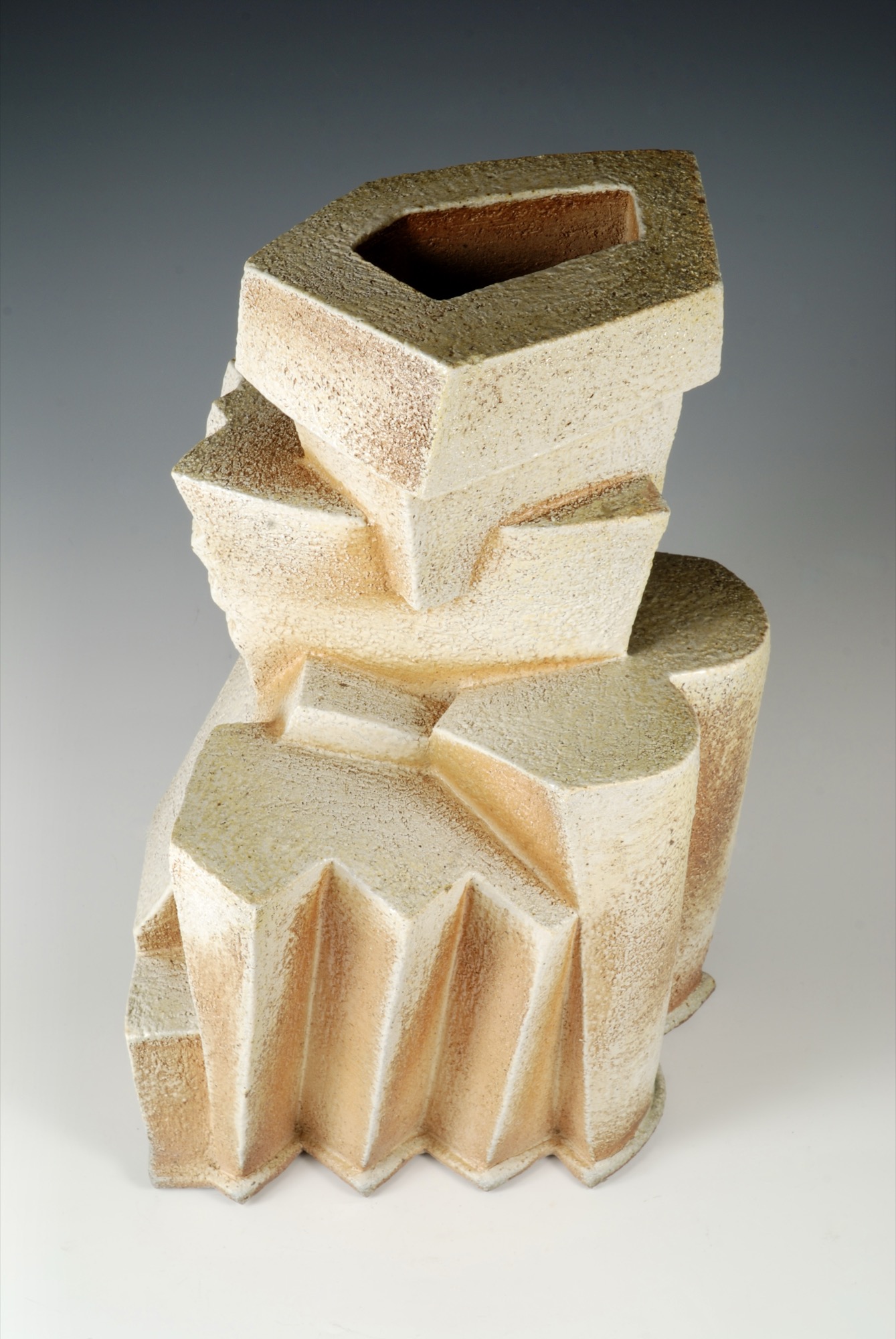
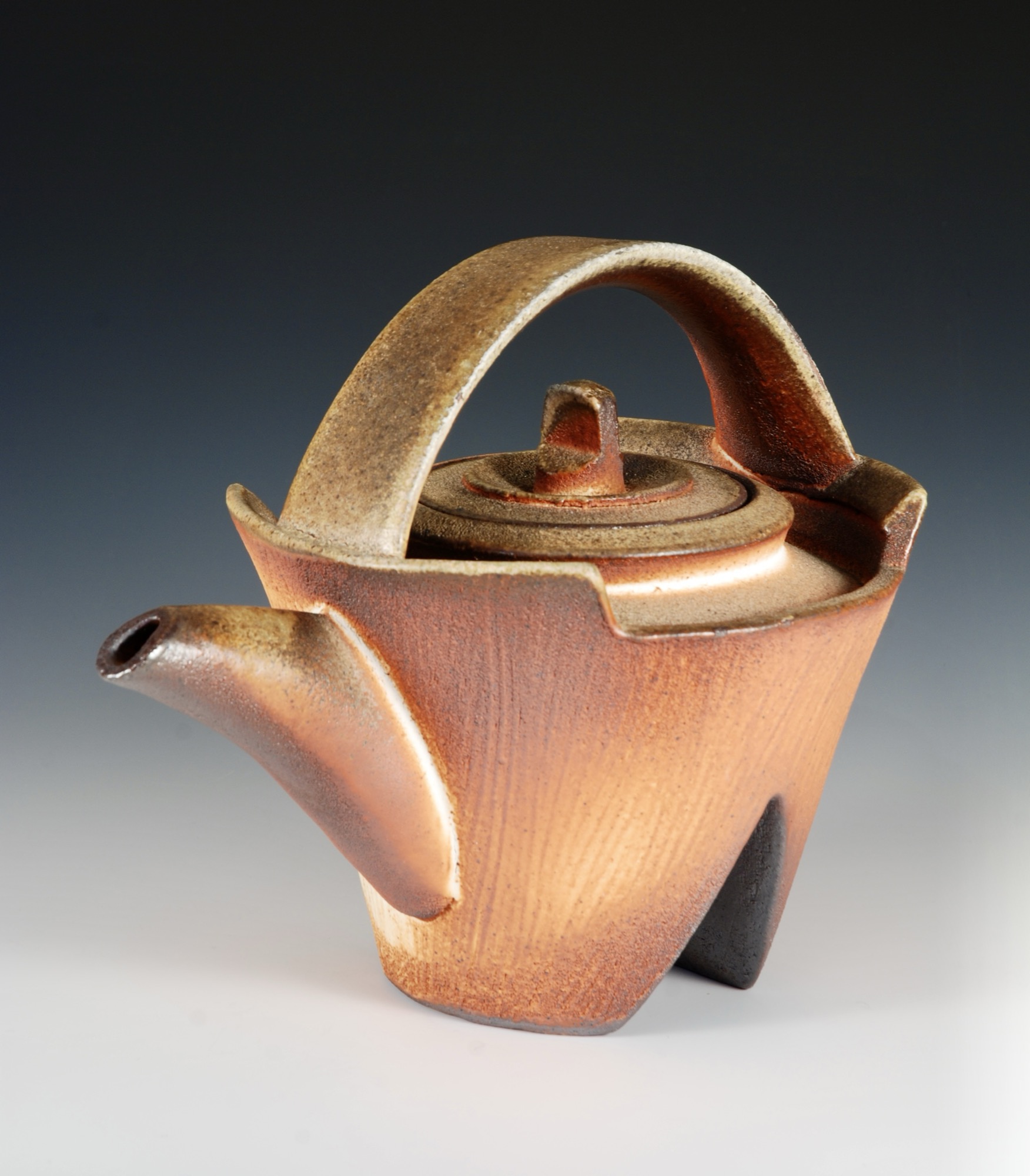
The sculptural approach to my more recent work has evolved over time from a deep understanding of the structure of pottery form. In contrast to earlier work the clays gestural and plastic qualities have given way to a more hard edge and geometric solution. I am less relying on the wheel process in favor of slab building with press molded components. This provides a way of deconstructing the anatomy of pottery form and reconstructing it by stacking multiple components and introducing a composition of intersecting planes and volumes.
In opposition to the constructed vessels formality they are subjected to a wood fired process at 2400 F rendering an unpredictable and random surface. The effects rather than supporting the hard edge form , soften it with rich colour and flame pattern. This contrast of form and surface intrigues and motivates further exploration
The Work I Do
Click on the Images to go to the Gallery
Pierced Work
The pierced pieces are a signature feature of Cochrane’s work, where he masterfully creates small perforations through the vessel wall, often in complex geometric or organic patterns. These pieces are not simply about surface embellishment but are deeply rooted in the interaction between form and light, texture and shadow as well as suggesting a structural component. As decorative motif Cochrane enjoys how the three dimensional patterns physically integrate into the form.
His works, which range from functional vessels to sculptural objects, are highly refined in their execution, showcasing the artist’s exceptional craftsmanship and understanding of the material’s possibilities.
Surface Relief Forms
Bruce Cochrane’s surface relief pieces are a skilful exploration of texture, form, and surface. Similar to the pierced work, the surface projections on these vessels serve as embellishment that is integral to the structure of the form as opposed to simply a two dimensional surface marking. The clay wall in its firm state is cut through and pushed outward then filled in with narrow slabs of clay. The interior of the form will show the negative spaces of the exterior reliefs. The interplay of organic and geometric shapes, combined with the atmospheric wood fired surface, results in works that are rich in depth and complexity.
Composite Wall Structures
The composite wall pieces are closely related to the stacked vessel forms in that the same components are used to construct the objects. Flat slabs of clay combined with press molded sections are assembled to suggest abstract architectural aerial views. Occasionally these are made in response to the vertically stacked vessels and are presented next to each other as a singular piece.
Collaboration with Zsuzsa Monostory
The ceramic collaboration between artists Zsuzsa Monostory and Bruce Cochrane combines their distinct artistic styles to create innovative and dynamic works. Monostory, known for her organic, sculptural forms, and Cochrane, who emphasizes minimalist, precise shapes, blend their approaches to explore new methods of form, surface treatment, and glaze techniques. This fusion of bold, expressive designs with clean lines results in pieces that are both visually striking and tactilely rich, pushing the boundaries of traditional ceramic art. Their collaboration celebrates the versatility of clay, merging their unique perspectives to create works that are greater than the sum of their parts.
Earthenware
The low fire earthenware pottery started in the late 1980’s and was the main focus for five years. It was during this period that the round symmetrical forms from using the potter’s wheel gave way to more complex wheel thrown then altered vessels. The foundation for these new functional objects was based on the thrown bottomless cylinder from which oval, rectangular and irregular forms can be constructed. These utilitarian pots initially were treated with a white majolica glaze with cobalt and copper overglaze decoration. At some point the majolica glaze was replaced by a terra sigillata coating which was fired to cone 04 in a gas kiln in a slightly reduced atmosphere. This firing process exposes a rich tonal variation in the clay surface and exposed the finest details in the forming of the work.
Composite Vessels
These stacked composite vessels have evolved over time from a deep understanding of the structure of pottery form. The construction method involves clay slabs, press molded sections and wheel thrown parts. The form takes shape intuitively with one section suggesting the next. This provides a way of deconstructing the anatomy of pottery form and reconstructing it by stacking multiple components and introducing a composition of intersecting planes and volumes.
Drop Down Rim
Both the plates and boxes are made with a combination of clay slabs, molded sections and thrown elements. The majority of this work is fired in the wood kiln to 2300 F. A white slip is used in contrast to the darker clay body and is applied to visually breakup the form into geometric sections. The overall form has a sense of mass and weight as a result of the enclosed volume.
Press Molded
The use of plaster press molds has allowed me to think about form beyond the symmetry and altered symmetry of the wheel. One, two and three part plaster molds are taken from clay models. Slabs of clay are pressed onto the plaster molds. These pressed forms are then completed with the addition of thrown elements such as feet, collars, lips and raised details. This combination of technique offers many variations and endless possibilities.
Lidded Forms
These lidded forms are meant for storage, serving for special occasion and everyday use. The double walled pierced pieces are funerary urns. While serving as functional pottery they can also have the presence as decorative objects.
Pouring Pots
The teapots, pitchers and ewers shown here represent an exploration of form over the past 50 years. I am seldom satisfied in hanging on to one solution for a long period of time although I may return to an idea for further development. The teapot is a challenging object in the way that all parts need to be visually cohesive and physically functional. Here are some examples of the teapot with 18 individual pieces. The pitchers and ewers are also composite in there construction with the assemblage of wheel thrown parts.
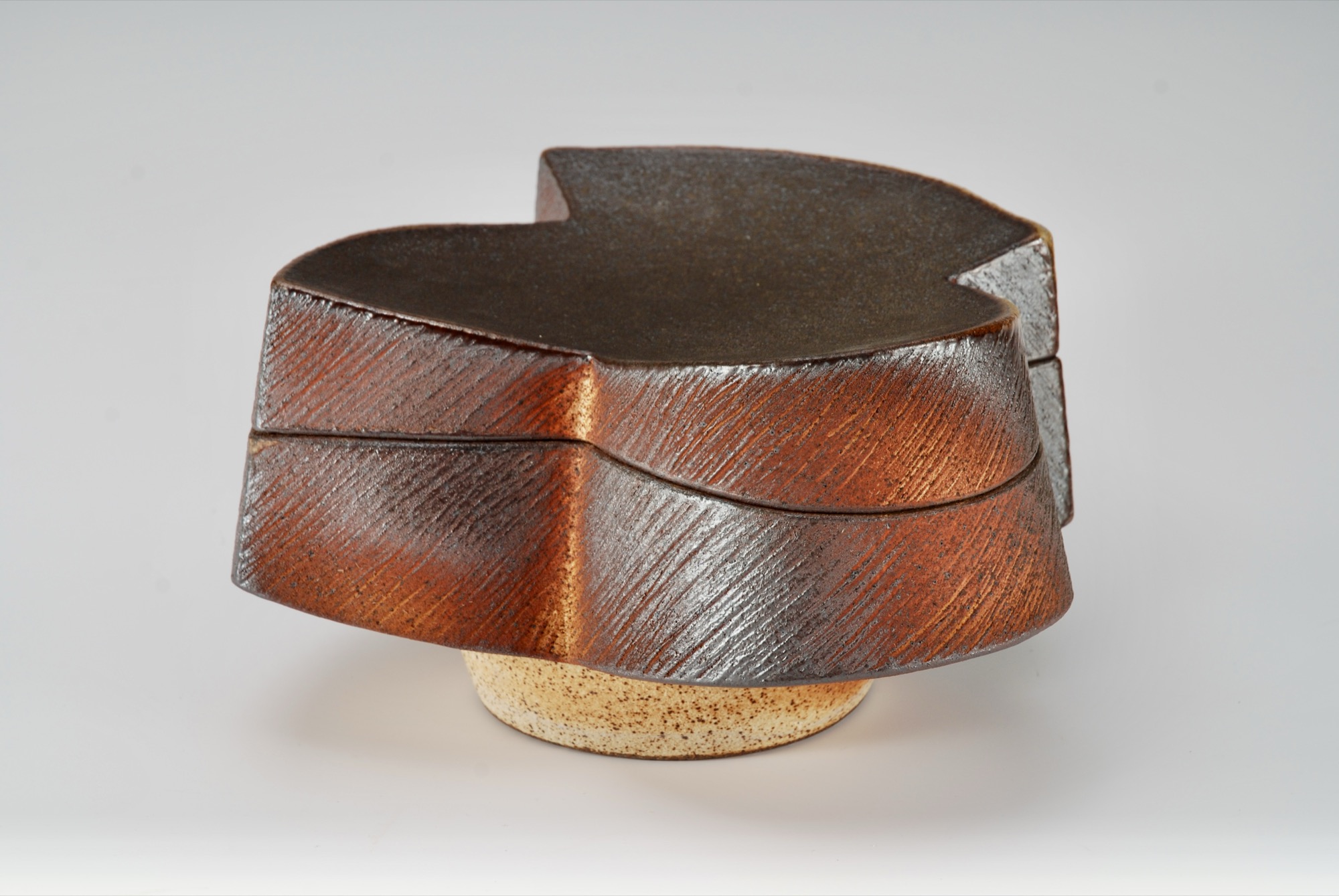
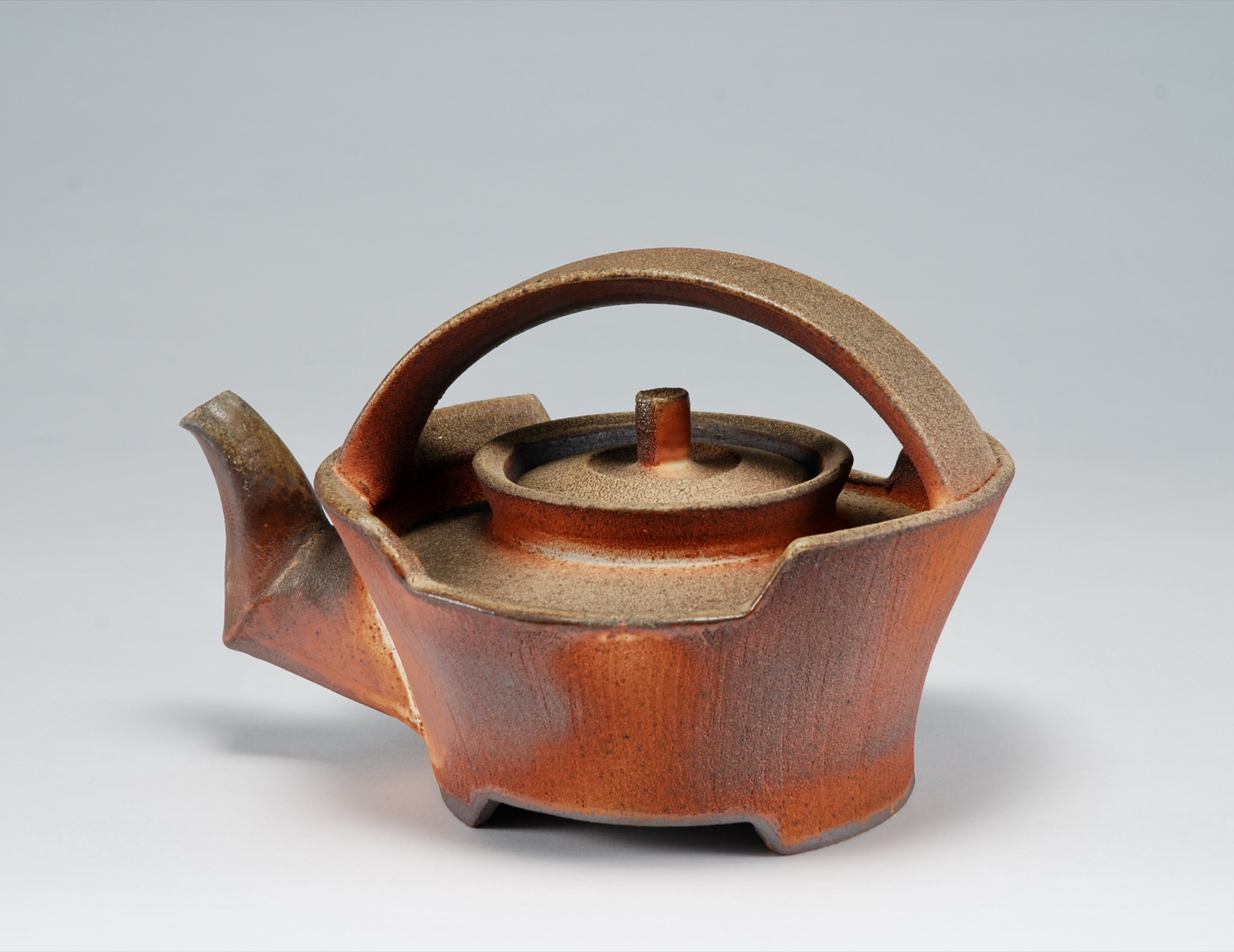
Enjoy the Work
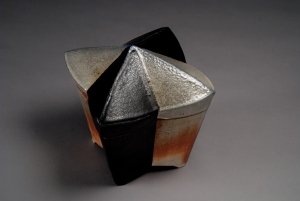


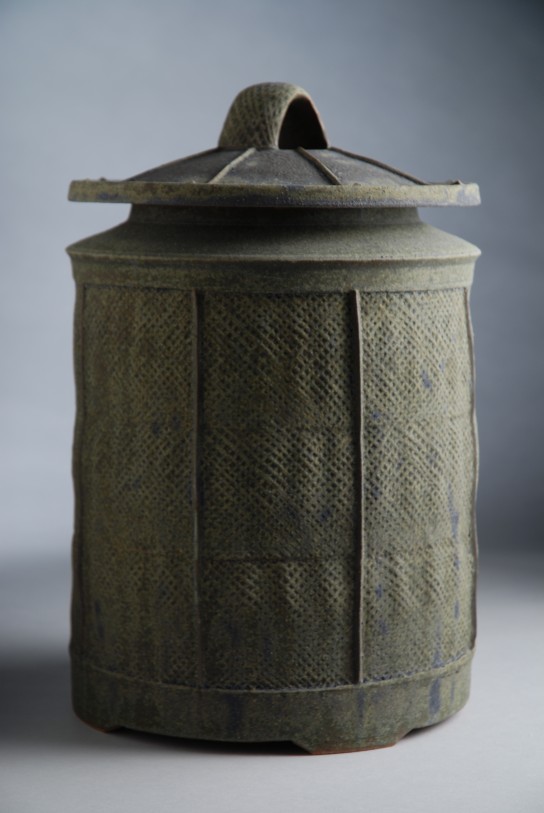
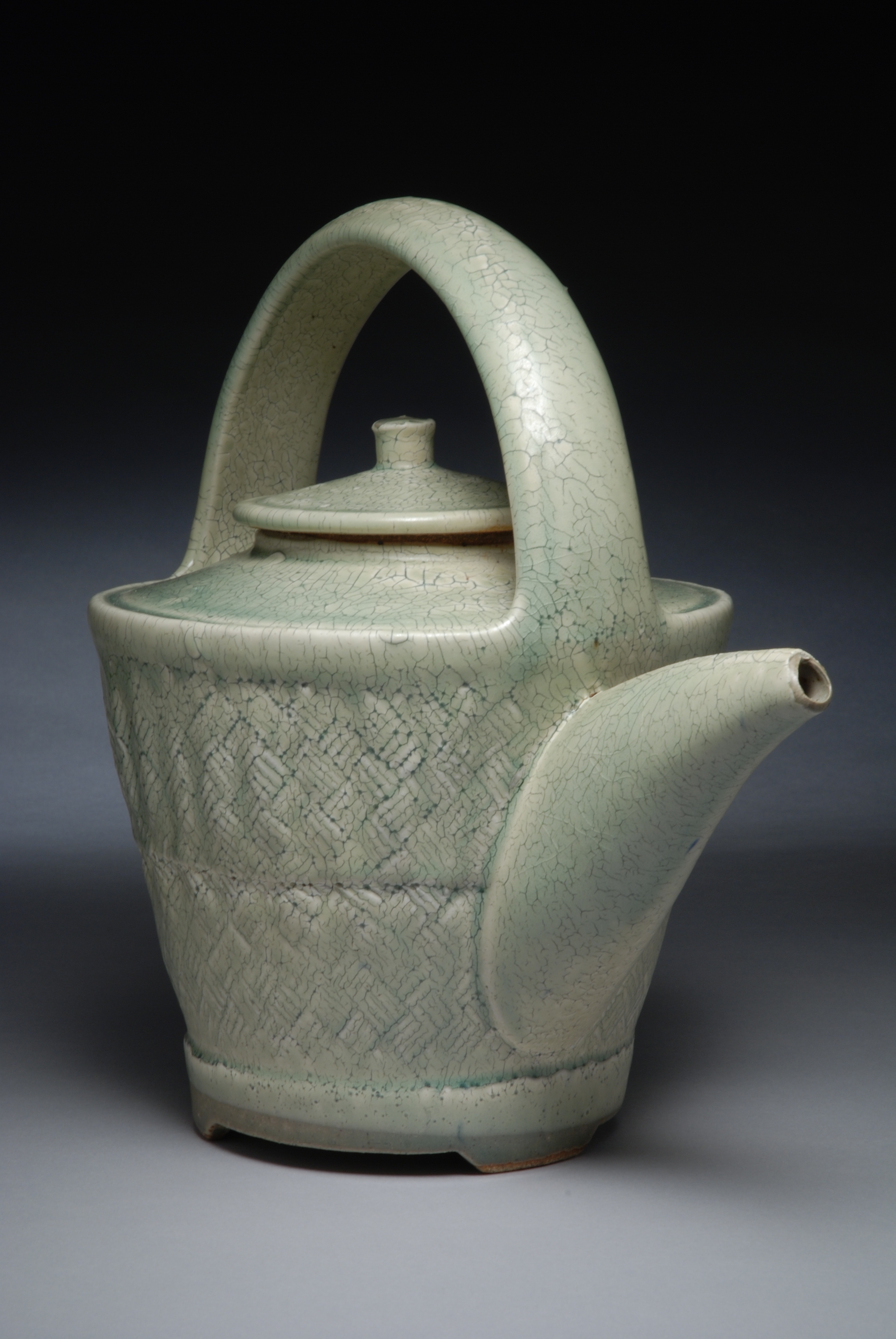
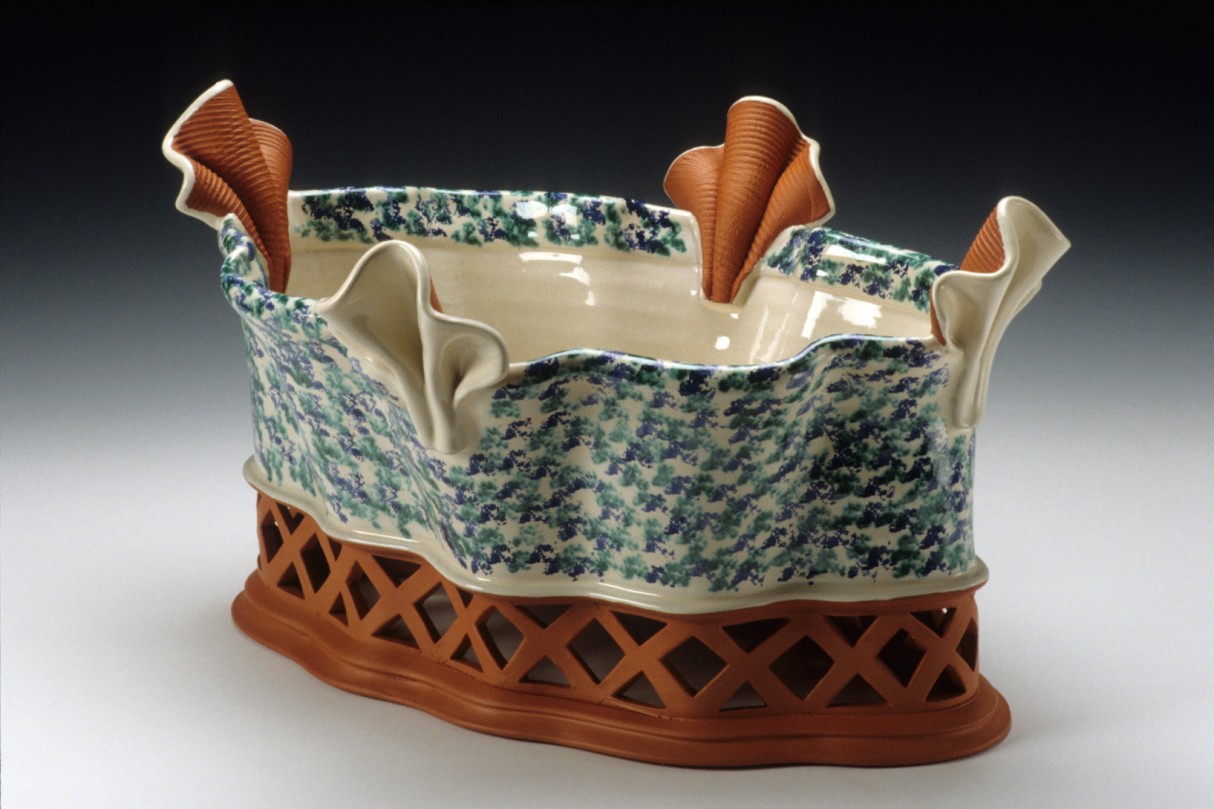
Nominated Multiple Times for the Governor Generals Award
Bruce Cochrane has garnered numerous awards and recognitions for his exceptional work in ceramic pottery, including being nominated for the prestigious Governor General’s Award. His innovative designs and technical expertise have earned him acclaim within the ceramic arts community, with his work featured in prominent exhibitions and collections. Cochran’s ability to blend form and function in his pieces has solidified his reputation as a master potter, and his Governor General’s nomination further underscores his significant contribution to Canadian art and craftsmanship

